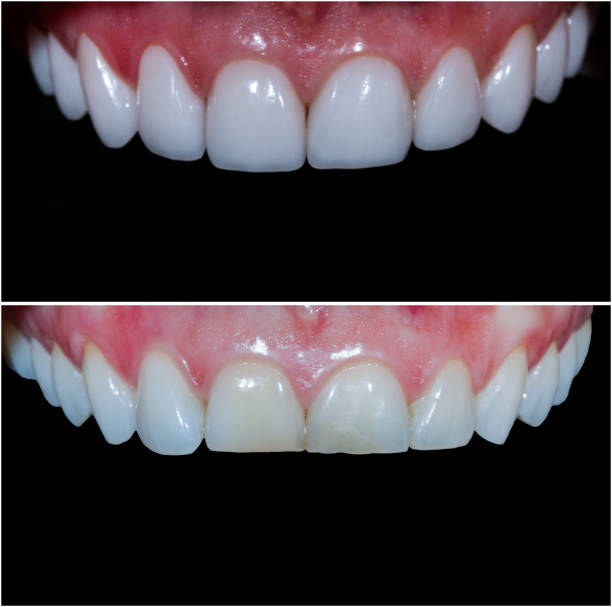Enamel Reshaping vs. Dental Bonding
If you’re considering improving the appearance of your teeth, there are two cosmetic dental procedures that can help: enamel reshaping and dental bonding. Both of these treatments can be used to address a variety of aesthetic concerns, from repairing broken or chipped teeth to changing their shape or size. However, each procedure has its own advantages and disadvantages, as well as potential risks and costs associated with it. In this article, we’ll discuss enamel reshaping and dental bonding in detail so you can make an informed decision about which is best for you.
What is enamel reshaping?
Enamel reshaping is a safe and effective way to improve the appearance of your teeth. It involves reshaping the enamel on one or more teeth to reduce their size, change their shape, or remove discolorations. This cosmetic dental procedure is also known as contouring, sculpting, or odontoplasty and can be completed in just one office visit.
It’s a less invasive option than braces for minor orthodontic issues like overcrowded teeth or gaps between teeth. The reshaping process involves removing small amounts of enamel with the special tools and then smoothing down any rough edges so the tooth looks natural. It’s an ideal procedure for those who want an improvement in the look of their teeth without having to undergo extensive surgery or other treatments.
The amount of enamel removed during the reshaping process depends on what you’re trying to achieve with your smile. If you have discolorations or stains that need to be removed, only a small amount of enamel will need to be taken away in order for the tooth to look its best again. On the other hand, if you’re looking for a major transformation in your smile.
Regardless of how much enamel is removed during this procedure, it's important that it's done carefully by an experienced dentist or orthodontist who has been trained specifically in this type of treatment. This ensures that you get beautiful results with minimal risk involved.
Enamel reshaping is a great option for those who want quick results with minimal discomfort and no downtime after treatment. It can provide long-lasting improvements in your smile that will last for years since enamel doesn't grow back once it's been removed from a tooth!
What is dental bonding?
Dental bonding is a popular choice for people looking to improve the appearance of their teeth without undergoing a more invasive procedure. This cosmetic dental technique uses composite resin, which is applied directly to the tooth and cured with a special light. It can be used to fill in gaps between teeth, alter the shape or color of teeth, and even make them appear longer. The process is relatively quick and painless, with many patients able to complete it in one visit. While it's also less expensive than some other treatments due to less materials and no need for lab work, its effects may not last as long as those from enamel reshaping or porcelain veneers.
Patients should always consult with their dentist about what works best for them before committing to any treatment. Factors such as a desired outcome, cost, and potential risks should all be taken into consideration when selecting from the various options available. Dental bonding can offer great results with minimal discomfort and hassle if it's suitable for your specific needs.
Other recommended posts
Advantages of using technology in cosmetic dentistry
How much does reconstructive dentistry cost






Comments
Post a Comment